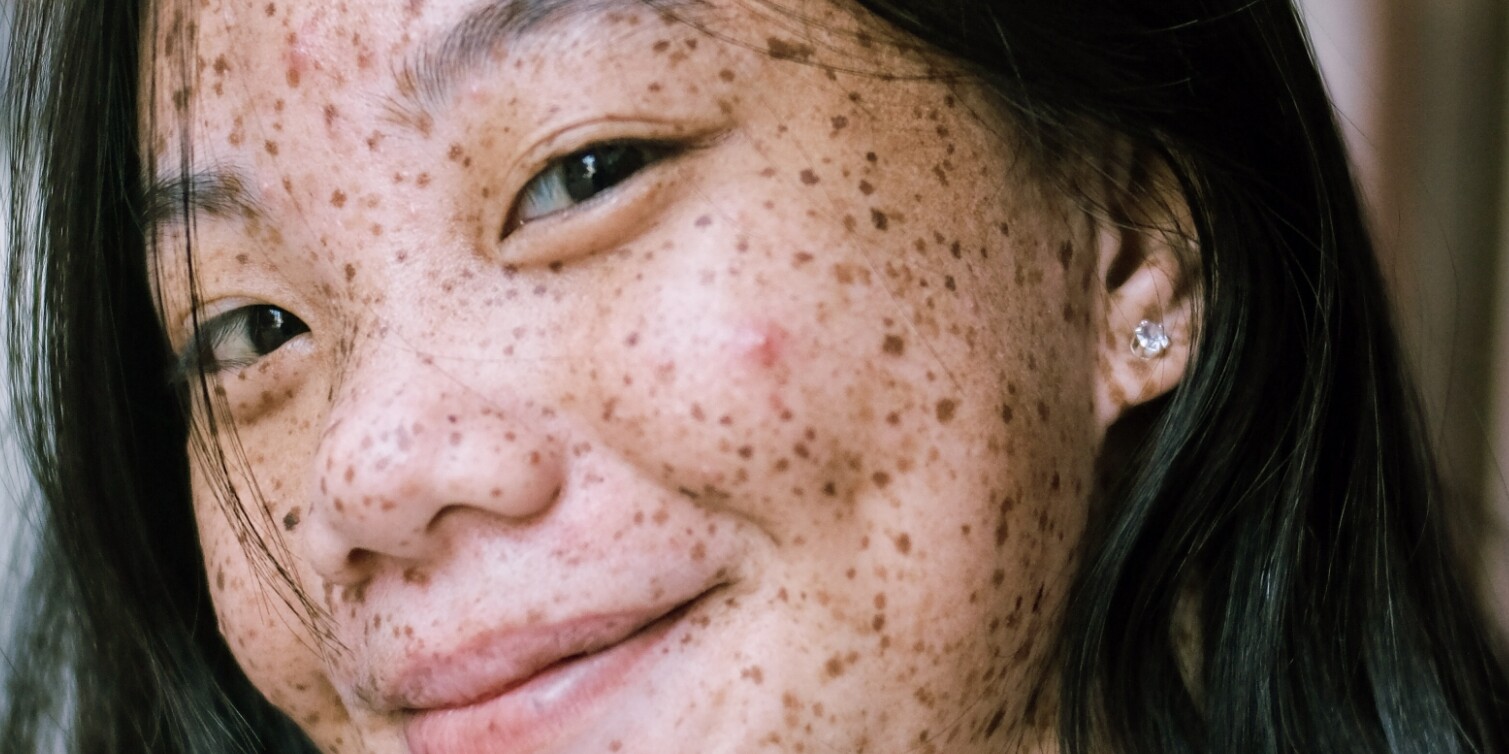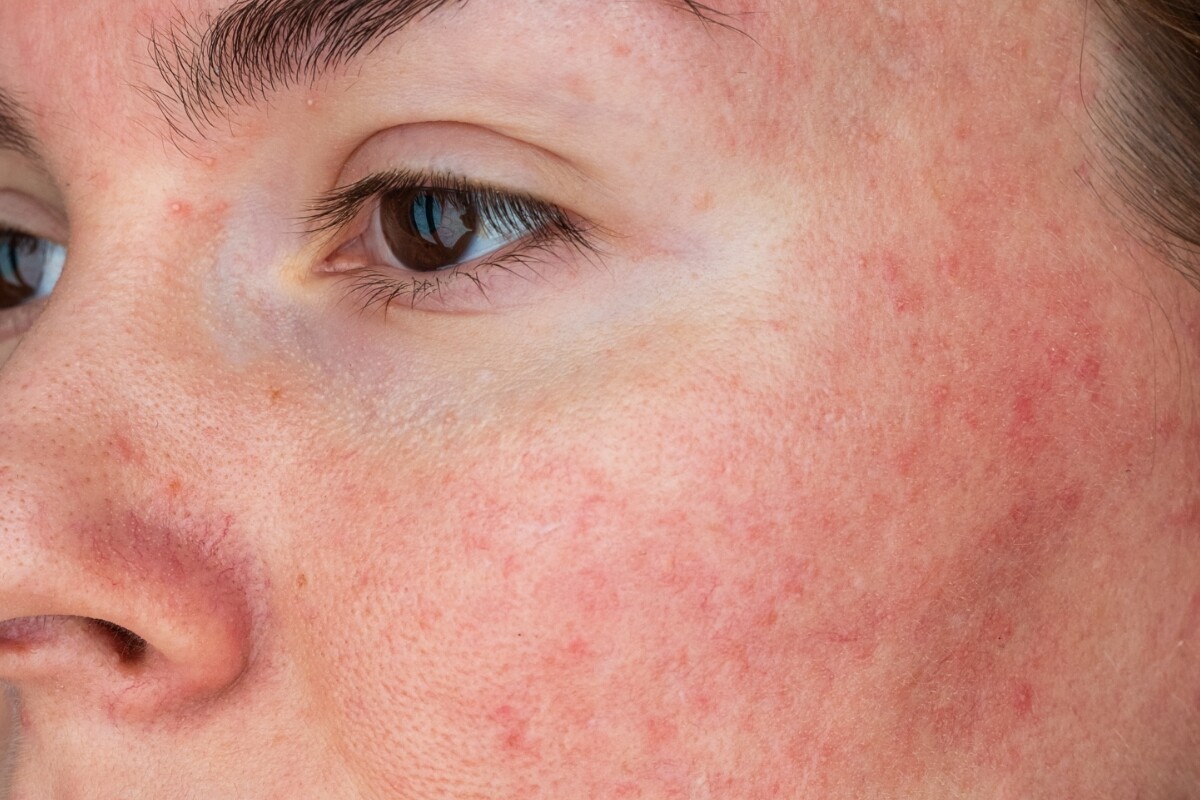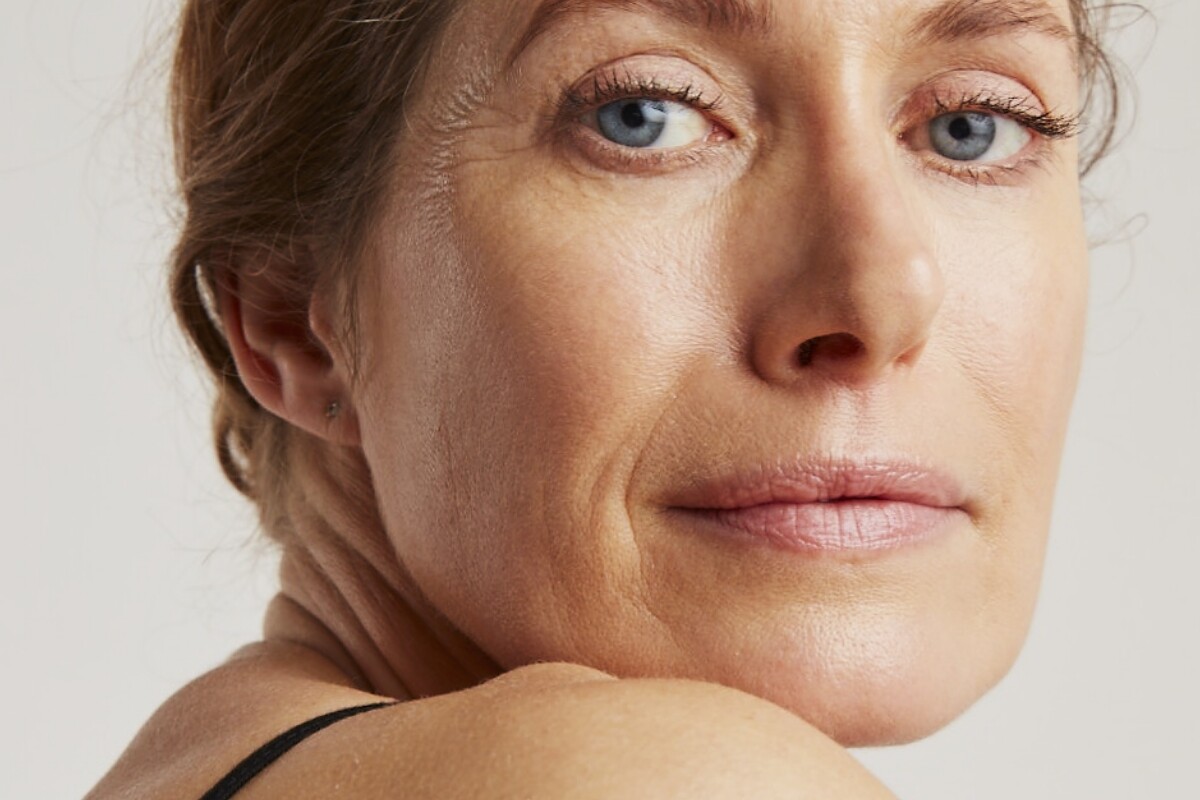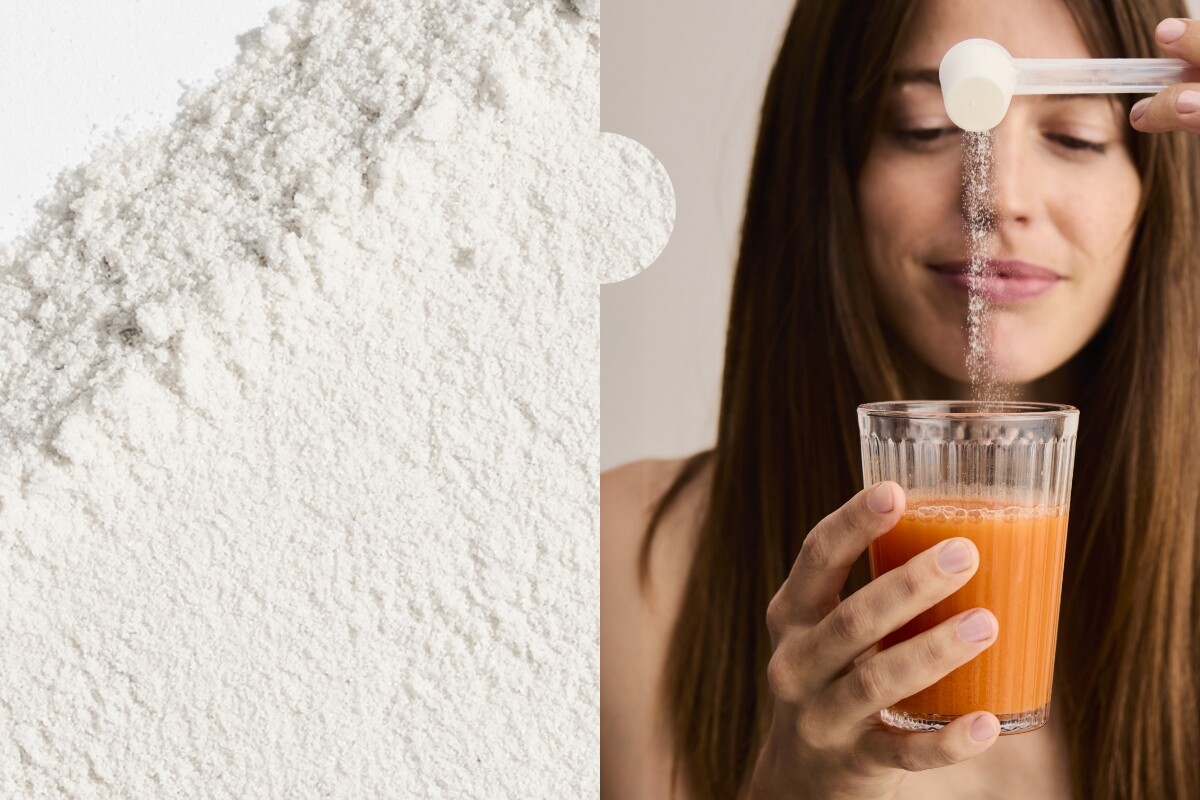So you’ve started a new retinoid for your skin, recommended by your dermatologist, and you might be curious about what to expect. While you’ve read about the benefits that retinoids can bring, you may have also read about some of the more difficult parts of treatment, including skin purging – also known as the “retinol uglies”. Don’t worry, it’s normal to have lots of questions when starting a new treatment.
To ease your concerns, we’ve answered our most frequently asked questions about retinoids.
Understanding the skin purge phase
What is the “retinol purge”?
“Skin purging,” or the “retinol uglies” as it’s also known, are terms used to describe an initial flare of sensitive skin and acne breakouts at the start of a retinoid treatment. Skin purging is common, but doesn’t necessarily happen to everyone. In fact some people don’t experience it at all.
For those of us who do suffer from purging, it can look like: breaking out in pustules (pimples), the appearance of flaky, peeling skin, irritation and dry patches. Getting these symptoms can be demotivating, especially if you’re already feeling unconfident about your skin. However they do tend to settle within 1-2 weeks – and the clearer, glowing skin you’ll see afterwards will be worth the wait.
Why does the skin go through a purging phase when using retinol?
Retinoids improve your skin’s overall health by regulating skin cell growth and speeding up skin cell turnover. They are easily absorbed by the skin, and can visibly plump fine lines, even out dark spots and reveal healthier, more radiant skin tone.
Retinoids and retinol are both Vitamin A derivatives, but some retinoids are only available by prescription from a medical professional. They treat a range of skin conditions and suit most skin types. Retinoids work by increasing cell turnover, which removes dead skin cells and the oils which block pores. Because this temporarily brings dead skin and oil to the skin’s surface, this can lead to a breakout. (1)
Within 2-3 weeks, most people’s skin will have settled and you will hopefully begin to see the helpful benefits from your retinoid/retinol treatment.
Factors that influence the length of the purging process
Not all retinoids are made equal. The main differences are how many steps it takes for them to be converted by our skin into the active component: retinoic acid – which has the active ingredient.
Gold standard, prescription-only retinoids like adapalene or tretinoin are stronger than over-the-counter retinol products, and work more quickly on the skin. Because they’re more effective, retinoids are also more likely to irritate your skin and lead to purging than retinol.
Retinoids speed up the turnover of dead skin cells, which in turn helps reveal healthy cells underneath. However, dead cells will be removed quicker than normal, which can lead to mild redness and skin irritation at the start while your skin adjusts to your treatment.
The stronger the active ingredient is, the more skin purging or side effects you’ll likely experience. So it’s important to get a personalised recommendation from a licensed dermatology professional like the team at Dermatica. (2)
Managing the retinol purge
There are easy ways to help make the purging process less bothersome.
As part of your personalised plan, your dermatology team at Dermatica will start you on a lower dose of retinoid – and build up the dose gradually as your skin adjusts. So, for example your clinician might recommend applying the cream or gel once a week to begin with.
Tips for minimising the duration and severity of the retinol purge
– It may take some time for your skin to adjust to the new treatment. This is totally normal. Try reducing your treatment to 1-2 times a week. Once your skin tolerates it well, build up the frequency slowly.
– Applying a small amount of moisturiser first before the retinoid treatment can also help protect your skin barrier and ease side effects.
– Use a layer of moisturiser or Restoring Ceramide Skin Balm around sensitive areas where the skin is more delicate, like your eyes and mouth. It acts as a barrier to prevent side effects from retinoids.
– Is your skin purging at the moment? If you’re a subscriber, reach out to us from your dashboard for personalised support. Our dermatology experts are always happy to answer any questions you have.
Adjusting your skincare routine during the purging phase
Your skincare goes a long way toward minimising the purging you experience. It also helps your skin tolerate retinoids better. Here’s what you can do to maintain a good skincare routine:
Wear broad-spectrum sunscreen daily
When using retinoid treatment, it becomes even more important to be disciplined with your sunscreen application. You must wear a sunscreen which protects against UVA and UVB, like SPF 50 Photodamage Defence Sunscreen. (3)
Keep up your skincare routine
Cleanse your skin with a gentle cleanser before applying your retinoid and make sure to moisturise your skin at least once a day. Choose skincare ingredients that are non-comedogenic especially if you’re treating acne. If you experience dry, flaky skin, use a thicker moisturiser more regularly.
Avoid exfoliants and scrubs
Retinoids themselves are exfoliating by nature, so we recommend avoiding glycolic acid or salicylic acid until you have no side effects and feel you can tolerate it. Always avoid physical exfoliants (cleansing brushes, scrubs) as they might damage your skin barrier and lead to more breakouts or irritation.
When to reach out to a medical professional for help
If you’re finding that the side effects from your Dermatica treatment persist for longer than 2-3 weeks, it may be worth reaching out to our clinical team for more expert advice.
Interested in trying retinoids, and need a personalised recommendation? Try Dermatica today by starting a consultation on our website. A member of our expert dermatology team will analyse your photos and answers, and personalise a skincare formula to suit your exact needs to reach your goals.
If you’re already a Dermatica subscriber, you can start a consultation with a dermatology expert at any time from your dashboard.
References:
1) Mukherjee S, Date A, Patravale V, Korting HC, Roeder A, Weindl G. Retinoids in the treatment of skin aging: an overview of clinical efficacy and safety. Clinical interventions in aging [Internet]. 2006;1(4):327–48. Available from: https://www.ncbi.nlm.nih.gov/pmc/articles/PMC2699641/
2) Kong R, Cui Y, Fisher GJ, Wang X, Chen Y, Schneider LM, et al. A comparative study of the effects of retinol and retinoic acid on histological, molecular, and clinical properties of human skin. Journal of Cosmetic Dermatology [Internet]. 2015 Nov 18;15(1):49–57. Available from: https://onlinelibrary.wiley.com/doi/full/10.1111/jocd.12193
3) Yoham AL, Casadesus D. Tretinoin [Internet]. PubMed. Treasure Island (FL): StatPearls Publishing; 2021. Available from: https://www.ncbi.nlm.nih.gov/books/NBK557478/
Dr Catriona Maybury
Dr Catriona Maybury is a Consultant Dermatologist, working as Medical Lead for Dermatica and at St George’s Hospital in London. Catriona completed her specialty training at St John’s Institute of Dermatology in London. Catriona has a special interest in medical dermatology, completing a PhD in liver fibrosis amongst psoriasis patients at King’s College London. Catriona is a certified coach and worked as Dermatology Section Editor for the British Medical Journal.





